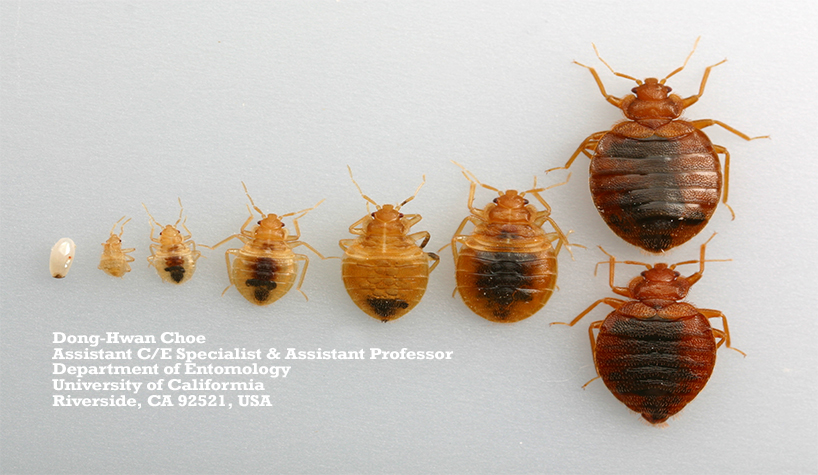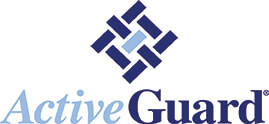NATIONAL REPORT—Bed bugs do not discriminate – a five-star luxury resort can be stricken with a bed bug infestation as easily as a roadside stop. It is wise to include weekly bed bug inspections on the to-do list of housekeeping staff to uncover a problem before guests are confronted.
The objective of the inspection is to find bed bugs and/or signs of activity. Remember that bed bugs like to rest in small, tight spaces so don’t forget to inspect those closely. The headboard and bed skirt are two highly important areas to inspect because neither of these are disturbed when the room is serviced. Consider adding the following steps to the housekeeping staff’s duties:
- Begin with gentle exhales along the top corners and sides of the headboard. Bed bugs are drawn to gently applied carbon dioxide contained within a person’s breath.
- Use the flashlight to look at the edges of the headboard a couple times during the inspection, looking for moving bed bugs.
- Slide a credit card along the headboard and the attached wall to see if you collect any signs of bed bugs such as eggs, fecal matter and shed outer skeletons. Remember, if a credit card can slide through so can a bed bug.
- Pull back the bedding, one piece at a time, from each of the two corners at the head of the bed, once again looking for signs of bed bugs.
- Inspect the mattress edges at these two corners, focusing on the rolled edges, tufts, and any labels or handles attached to the mattress. Lift the top corners of the mattress and inspect underneath, looking at the top of the bed skirt under the mattress.
- While pulling back the mattress, examine the top of the box spring or platform. Inspecting the underside of the box spring, although important, is likely a two-person job and not routinely performed during linen exchange.
While quickly identifying signs of an infestation is critical, having a solid, field-proven bed bug prevention program in place can stop infestations from happening in the first place. It will certainly stop a bed bug incident from turning into an expensive and embarrassing situation.
Proactive bed bug prevention saves hoteliers a great deal of money, preserves brand reputation and reduces legal exposure. A 2017 research report entitled, “Behind the Cost of Bed Bugs: Hospitality Industry Report,” indicated that hotels spend on average $6,383 per bed bug incident. This cost includes the expense for pest control remediation, the loss of room revenue during the inspection and treatment process, guest compensation and discarding of soft goods. The report continues that over a five-year period, bed bug-related costs to hoteliers could catapult to more than $160,000.
Up until recently, the additional financial impact of bed bugs on hotel brand reputation was considered an unmeasurable metric. However, a University of Kentucky study found that just one negative report of bed bugs on an online review site can cost a 300-room hotel catering to business travelers $274,000 per month in revenue. When looking at a similarly sized hotel catering to vacation travelers, the costs approached $166,000 per month.
Studies prove prevention more than pays for itself and results in savings. Savings occur from direct and indirect expenses connected to an incident; potential legal and insurance costs; and there’s also the ability to save face, protecting your brand and reputation in the market.
About Allergy Technologies
ActiveGuard Mattress Liners kill bed bugs. Easily installed on mattresses or box springs, these liners offer two-year continual prevention and control against any adult bed bugs, nymphs or eggs. ActiveGuard has no cautionary signal words or use restrictions on its label. Only four sizes—single/twin, double/full, queen and king—fit almost every available mattress or box spring and accommodate up to extra-large in length and 17-in. in depth. Underlying is ActiveGuard’s formulation; a unique and proprietary delivery system that offers sustained bioavailability of permethrin for two years. Newest research supports that after a short exposure to ActiveGuard of only 10 minutes, bed bugs regardless of their level of resistance, begin to show significant reductions in feeding (biting) and a dramatic inability to lay eggs. This results in discontinuation of population growth thereby halting progression of an incident to an infestation. If you are seeking a pro-active preventative approach, ActiveGuard should be considered as the centerpiece of your long-term solution to keep bedding from being infested. ActiveGuard Mattress Liners are covered under U.S. Patents 5,916,580, 6,214,365, 6,440,438 and pending patents.
For more tips on preventing bed bugs and uncovering infestations early visit us online at www.hotelbedbugprevention.com





